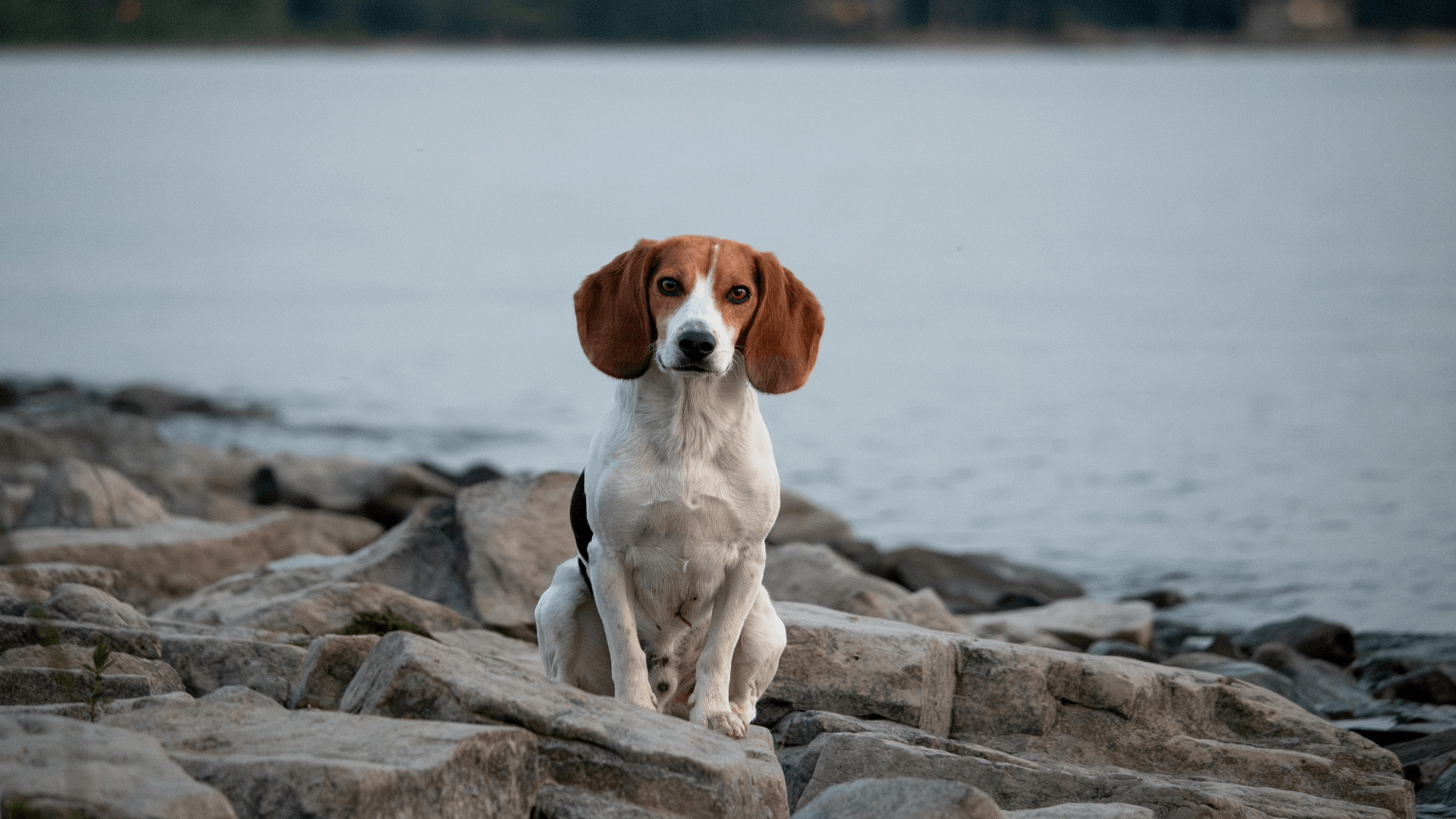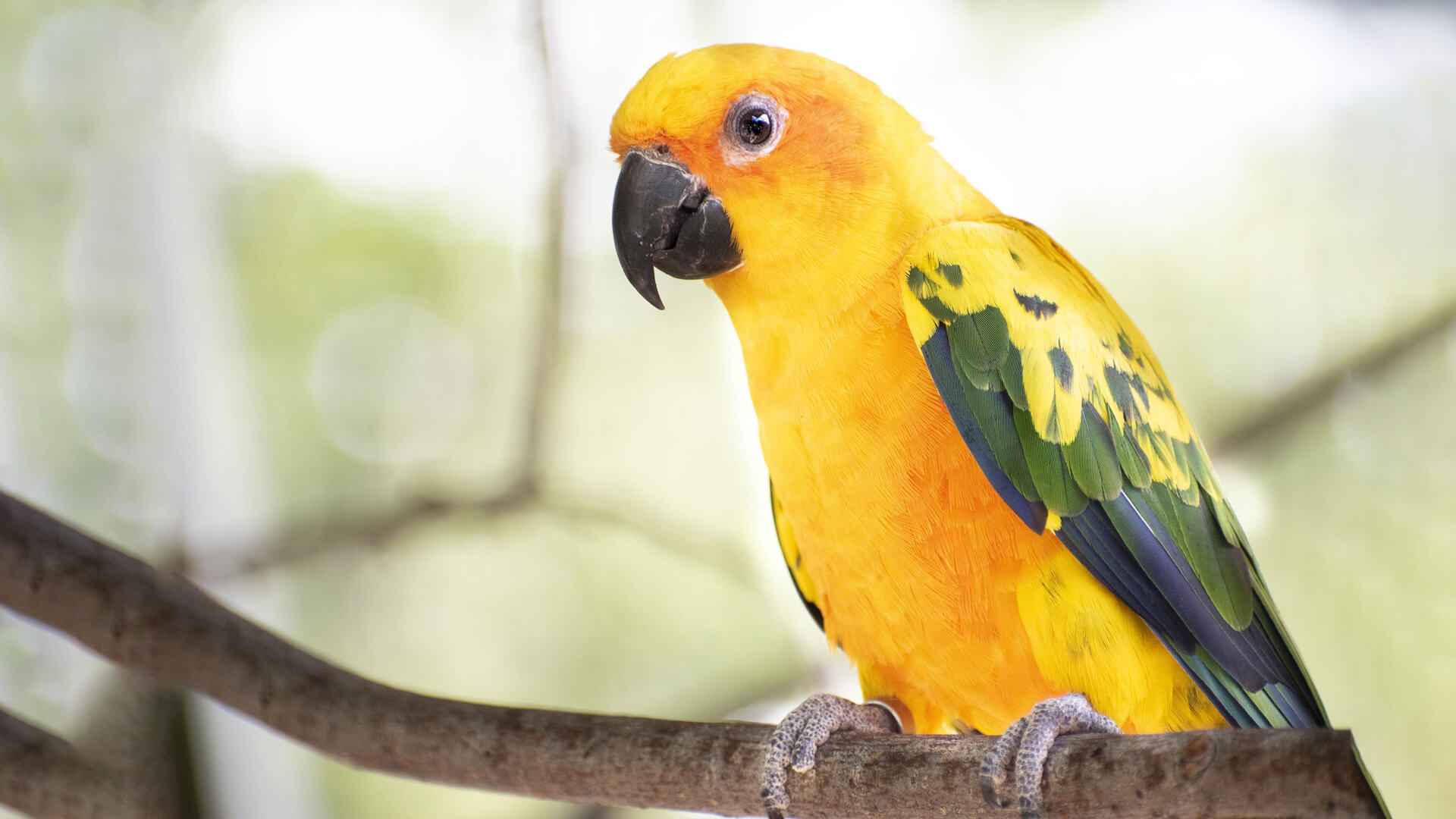Eastern mud turtles have an amazingly cute appearance due to their small size and beautiful features. One good look is enough to attract any turtle lover. But in all honesty, they aren't as quiet and peaceful as they appear to be. They aren't very friendly at first, which is one of the reasons why the owners should avoid holding them. If they feel afraid or threatened, they won't hesitate to defend themselves with everything they have got. For the same reason, it is recommended that small children should not keep a mud turtle as their pet. Also, the owners should note to thoroughly wash their hands every time they come in direct contact with the turtle.
The mud turtles are quite similar to other aquatic turtles and mostly require the same type of care. But, unlike most of them, mud turtles are semi-terrestrial. They are referred to as 'mud turtle' because they have a tendency to burrow and hide in the mud while it goes into hibernation. However, the owners need not to concern themselves with this fact.
It is preferred not to let them do this when in captivity. So, keeping a mud turtle doesn’t necessarily involve the use of mud. Nevertheless, mud turtles aren't the easiest pet to keep. If one wants to keep their pet turtle happy and healthy, an intermediate level of care is required. For other details, this article is here for guidance.
Distinctive Features of Eastern Mud Turtle
| Scientific Name | Kinosternon subrubrum |
| Lifespan | Up to 50 years |
| Color | Dark brown or black |
| Size | 3-5 inches |
| Health Risk | Low |
| Tank Size | Minimum 20 gallons |
| Water pH | 6.5-8.0 |
| Filter Requirement | Moderate |
| Tankmates | Peaceful aquatic species |
| Unique Trait | Ability to close shell tightly |
| Famous For | Its ability to burrow and thrive in muddy environments |
| Temperament | Generally docile and shy |
| Maintenance | Medium |
| Adaptability | Moderate |
| Behavior | Can be suitable for older children with proper supervision |
| Personality | Relatively inactive, spends time both in water and on land |
| Social | Can be housed with other mud turtles |
Eastern mud turtles are small in size and grow up to 3-5 inches. Their small size, low requirements and cheap price make them suitable for being kept as a pet in homes. They are semi-aquatic turtles which means that they spend half of their time inside the water and the remaining half on land. They are originally found in the ponds of the Eastern part of the United States. Their average life expectancy is debatable but they can live up to 50 years. Some of the other basic characteristics have been mentioned in the table below.
Besides these basic features possessed by the mud turtles, they have some other things that one needs to know as well. It would tell the owners more about their pet turtle; the information would be useful in keeping better care of the pet.
The first thing to know is that mud turtles are not very friendly at first. They should not be handled carelessly as they may get scared and attack in defense. Similar to the musky turtles, the mud turtles are capable of releasing a foul odor to keep their potential enemies away from them. Even though a pet turtle who has been raised at home isn't usually aware of this technique, they still have the capability. One can distinguish between the male and the female mud turtle by their size and appearance. The males are generally larger in size and have a bony spine at the end of their tails.


How to Take Care of Pet Eastern Mud Turtle?
Eastern mud turtles are usually low-maintenance and wouldn’t create any unnecessary problems for their owners. They keep themselves engaged and won’t require much attention. Also, they are not a big fan of sunbathing so regular outings won’t be necessary as well. However, a few things are necessary to keep in mind. Although they are small in size and not very efficient swimmers, they still love to swim and spend most of their time doing the same. Hence, they require a large aquarium. Their environment should appear similar to their natural habitat as much as possible. Heat lights and UVB lights should also be added to their tanks to keep them warm.
How to Set up a Tank for a Pet Eastern Mud Turtle?
As already mentioned, mud turtles require large tanks. The minimum tank size should be 40 gallons. Since they belong to the group of semi-aquatic turtles, their tank should also be set up accordingly. Another tank of half-size can be kept inside the bigger one so that the bigger tank gets divided into two halves. Now, half of the tank can stay as aquatic and the other half as terrestrial. They can swim in the water and roam on the land anytime as per their convenience.
For the water part, the depth should be around twice the size of the turtle. Also, it is advised to add gravel at the bottom instead of mud so that it stays cleaner. A ramp should be added between the water and the land part giving the pet turtle easy access to both sides. Otherwise, there are chances that it may end up getting injured. Adding a few plants and leaves on both sides is highly recommended. The temperature inside the tank should be kept around 78 to 82 degrees Fahrenheit while the temperature of the water should be around 74 to 78 degrees Fahrenheit.
What to Feed Pet Eastern Mud Turtle?
Mud turtles are omnivores. In home-care, they can be fed standard turtle food available in the market. Apart from that, it should also be offered insects, worms, snails, flies, and small fishes to eat. It is also suggested to add fresh green veggies to their meals. Additionally, one may also add some aquatic plants in the tank that the turtle can chew and eat; this would give them a more familiar environment. There should be a variety in their diet to provide them with all the essential nutrients. Extra supplements should be provided for Calcium and Vitamin D3.
The pet turtle should be fed at least two to three times a week. Like other aquatic turtles, they prefer dining inside the water. Another point to note is that mud turtles are messy eaters. They often spread their food here and there, which can lead to bacterial infections. Hence, if possible, they should be kept in a different container during their meal-time. However, it may be difficult for some owners to have them shift to their eating areas. If they are eating in their normal place, the area should be cleared up once they are done eating.
Health Concerns of Pet Eastern Mud Turtle
Similar to any other aquatic turtle, the mud turtle is vulnerable to poor shell health including rotting of shells, flaking shells, or other deformities. This is generally caused by poor living conditions. To make sure that the shell of the turtle remains strong and healthy, one should make sure to keep the tank clean at all times and provide them with a well-balanced diet. If there are any signs of the declining condition of the shell, the owners should immediately contact a vet.
Some other potential diseases include metabolic bone disease, ear infections, and vitamin deficiencies. They can also have parasites sticking in their intestines. The parasites can come along with the food or develop inside the tank. However, it is necessary to get it treated. It is suggested to have an annual check of the fecal sample collected from the tank of the pet turtle.
With hygienic living conditions, proper and timely meals, and adequate care, most of these problems can be avoided. Apart from this, regular health check-up is recommended to detect problems within time.
What People Are Reading:
Frequently Asked Questions About Pet Eastern Mud Turtle
Some of the generally asked questions about eastern mud turtle are answered below:
Can Eastern mud turtles be pets?
Yes, Eastern mud turtles can be kept as pets. They are considered to be low-maintenance with proper set up and don't require much attention. However, they are not suitable for owners who like to be very interactive with their pets.
How big does an Eastern mud turtle get?
An Eastern mud usually grows up to 3-4 inches or maximum up to 5 inches.
How much does an Eastern mud turtle cost?
An Eastern mud turtle can cost you anywhere between 10$ to 50$.
How long can a mud turtle stay out of water?
In general, a turtle can stay without water for up to 8 hours. This is when the environment is hot and dry.
Do mud turtles sleep underwater?
Yes, like most aquatic turtles, mud turtles sleep underwater. They can continue to sleep for 4-7 hours when not in hibernation.











